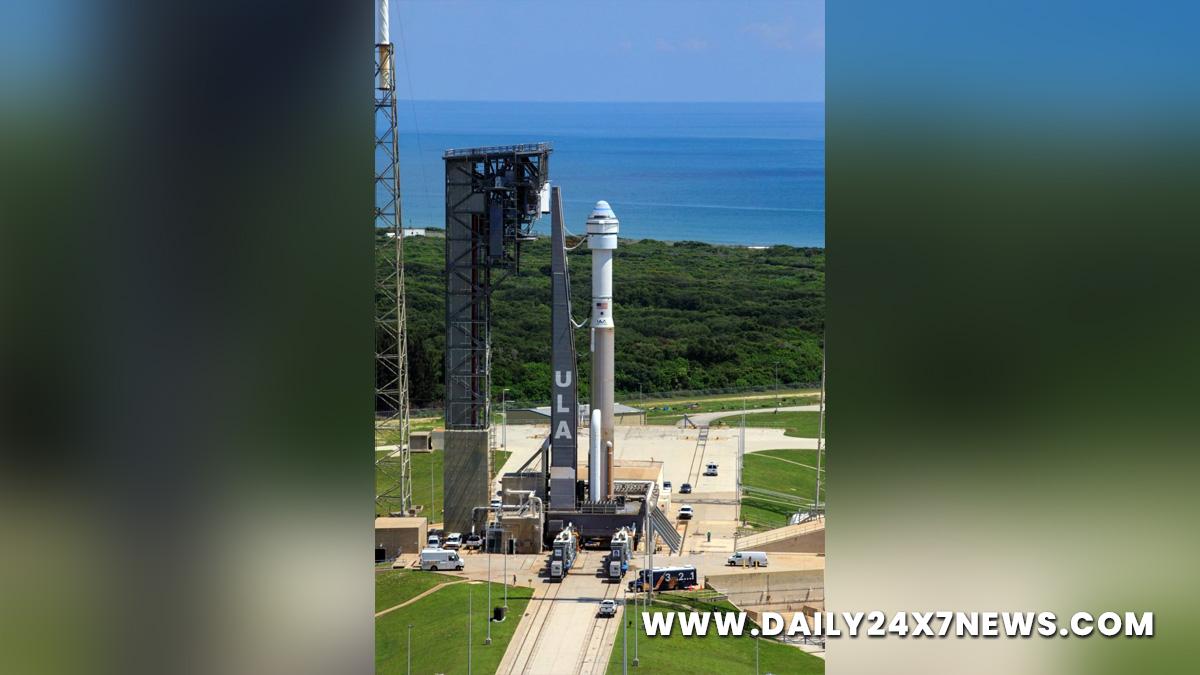NASA-Boeing to launch Starliner to space station in May 2022

Washington : NASA and Boeing’s Starliner cargo spacecraft is now slated for launch to space in May 2022, the company has announced.Boeing and NASA had originally aimed to launch Starliner’s Orbital Test Flight 2 (OFT-2), a crucial uncrewed trial mission to the International Space Station (ISS), from Florida’s Cape Canaveral Space Force Station on July 30. But preflight checks revealed 13 stuck valves in Starliner’s service module, nixing that liftoff plan.Following extensive testing and analysis of oxidizer isolation valves on Boeing’s CST-100 Starliner service module propulsion system, since the past four months, Boeing announced that it is aiming to relaunch the Starliner in May next year.”NASA has been working side-by-side with Boeing on the service module valve investigation, including leveraging the agency’s materials and propellants expertise to better characterize the potential causes of the issue,” said Steve Stich, manager, NASA’s Commercial Crew Programme in a blogpost.”Because of the combined work, we have a much better understanding of the contributors that led to the valve issues, and ways to prevent it from happening in the future. Boeing remains diligent and driven by the data during its decision making, which is key to ensuring the Starliner system is ready when we fly our test missions in 2022,” Stich added.
Ongoing investigation efforts continue to validate the most probable cause to be related to oxidizer and moisture interactions.NASA and Boeing will continue the analysis and testing of the initial service module on which the issue was identified leading up to the launch of the uncrewed OFT-2 mission in August 2021.Teams conducted extensive analysis on the valves, which included testing samples of the corrosion, using specialised micro CT scans and borescopes to see inside the valves, exposing parts of valves to various conditions, and removing and disassembling several valves.Testing is continuing to expose the valves to conditions similar to those that the spacecraft experienced inside the factory and at the Atlas V launch pad and Vertical Integration Facility prior to the last launch attempt, NASA said.Boeing built Starliner under a NASA contract worth $4.5 billion and had signed a contract with NASA’s Commercial Crew Programme to fly operational missions to and from the space station with Starliner in 2014. However, a series of setbacks have thus far prevented the Starliner from reaching the ISS.Its debut uncrewed orbital flight mission in 2019 did not go exactly as planned because of dozens of software glitches, requiring it to make another try before putting astronauts on board for the crewed flight test.Again its second launch has been held up since late last year due to ongoing software checks. Later the engineers detected the valve issue in its propulsion system, which has not been solved yet.

Comments are closed.